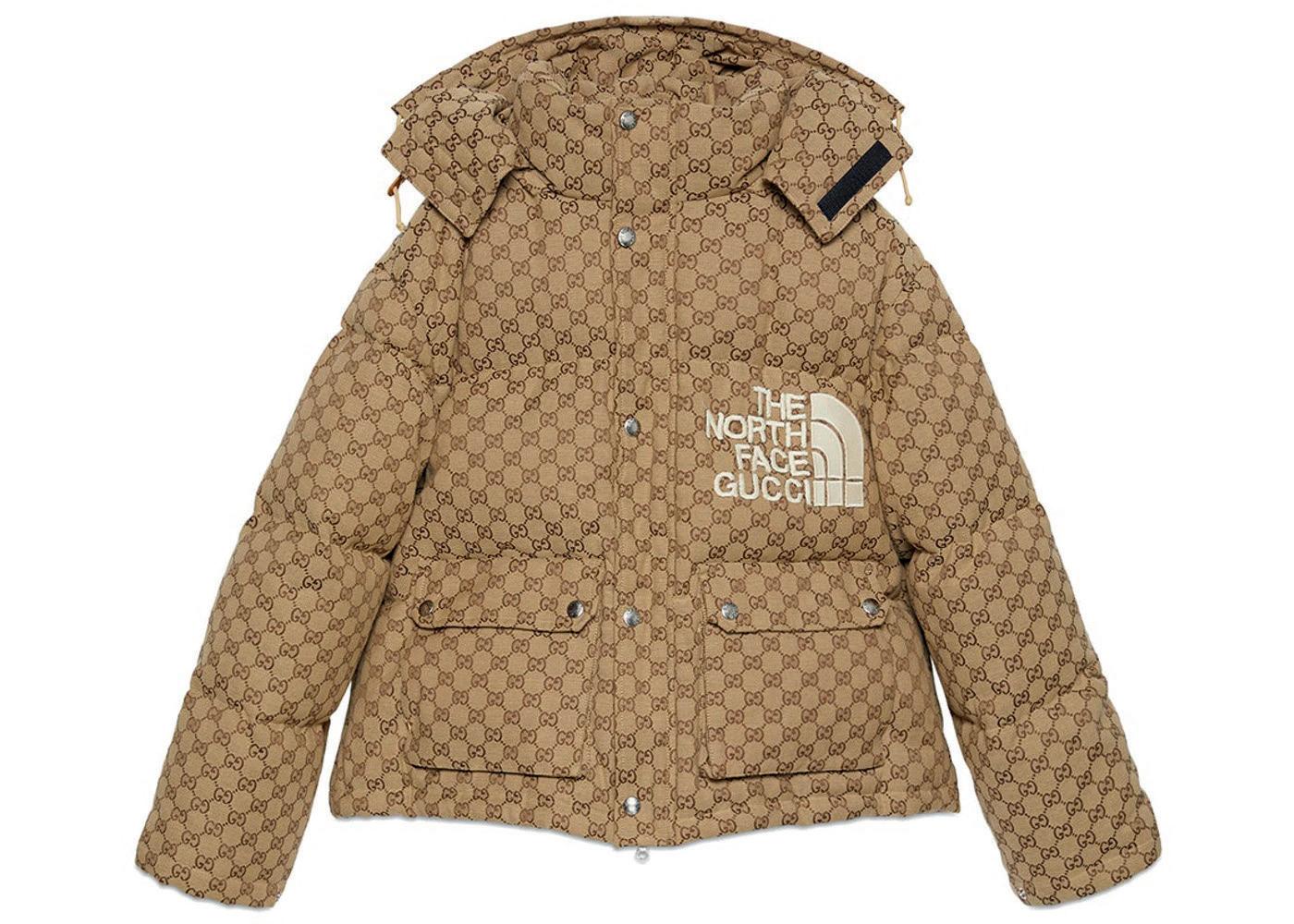
5 minute read
FROM KEB TO CATWALK
Text: Daniel Lindström
Once upon a time, not so long ago, the boundaries between outdoor clothing and fashion were clearly defined. Not anymore – the fact is, it’s getting hard to see where one ends and the other begins. Fashion journalist Daniel Lindström has been giving this some thought.
Advertisement
Paris, January 2020.
I'm standing in a tent in The Tuileries Garden and it's crowded with fashionistas and super-stylish world-famous artists like Tyga, Pop Smoke and J Balvin. We're backstage after Louis Vuitton's lavish showing of this autumn's collection and are waiting for the designer, acclaimed American artist Virgil Abloh, to come out and receive our applause.
Abloh has been responsible for the Luis Vuitton men′s collection since 2018, and with it, the reputation of a brand that has been producing fine leather goods since 1854.
When Virgil Abloh eventually peeks out from behind a curtain – surrounded by an entourage of large bodyguards and PR assistants – he does so in a turquoise shell jacket from Arc’teryx.
It's a sensational sight that marks a definitive breakthrough in outdoor clothing in fashion. I also spot Frank Ocean in the front row, wearing a yellow down jacket from Mammut.
A few weeks later, just before the pandemic, Virgil Abloh shows off his own brand Off-White at Paris Fashion Week. In it, he shows deconstructed versions of Arc’teryx-jackets paired with romantic tulle dresses. Two worlds united on one catwalk.
Another place, another time
I grew up in Östersund and Åre in the 1980s. My first memory of feeling a strong attraction to and desire for clothes is from 1986 when Stefan Engström and Peter Blom founded Peak Performance. I was in junior school then, skied every weekend in the winter, and wanted nothing more than a sweater or cotton anorak with the embroidered Native American on it.
Much later, I worked as an editor for Magazine Café in Stockholm. Following the clothing industry became my fulltime job, great for a guy interested in fashion, and by now I've seen hundreds of shows and collections in Sweden and around the world. But I keep coming back to the same conclusion: it's always more interesting to look at functional clothing from the outdoor world.
Sure, there are incredible Italian tailored jackets made from cashmere blends – but what is that compared to a three-layer shell jacket? And a pair of jeans in raw denim woven on an antique Japanese loom can never measure up to technical hiking trousers you can unzip and turn into shorts.
Outdoor brands have to be progressive, it's in their nature. To be constantly searching for newer, lighter, more-waterproof materials that make garments functional both for everyday life and the wild outdoors is a way to justify their existence and place in the market. Forward movement has always fascinated me.

Frank Ocean keeps warm in his Mammut down jacket.

When I recently attended Copenhagen Fashion Week, together with my friend, running buddy and industry colleague Petter Lundgren, we got stuck for a long time in the Norse Store, a shop specialising in Japanese workwear and limited-edition sneakers. They had a few products from Visvim's first sports collection and I couldn't stop myself from buying a merino wool t-shirt for 3,400 SEK. It's outrageously expensive, I know, but it also says something about how strong the appeal of certain brands and quality products is to me (merino is always pricey anyway!)
Like me, Petter dresses in a mixture of functional clothing and 'ordinary clothes'. – I also grew up in Norrland and have worn ski clothes since childhood. Today I live an active life in the city, running and cycling a lot, so I like to dress comfortably. I buy a shell jacket to ski or hike in, but then also use the jacket in the city because of its superior function, he explains.
This is just the beginning
But when and how did outdoor wear become so trendy and end up on the catwalk in Paris, Milan and New York? Why do the world's most prominent fashion stores sell Salomon's XT6 trail shoe next to brands like Balenciaga and Prada? And how does Gucci's genius “A pair of jeans in raw denim woven chief designer Alessandro Michele come up with a on an antique Japanese loom can collaboration with The North Face (a down jacket never measure up to technical hiking was sold for over €7000 on trousers you can unzip into shorts” vintage site Grailed)?
The answer is of course that there's a strong demand for technical clothing that protects us from the elements. Even fashion companies have understood that there’s money to be made here. – I’m generally skeptical of fashion brands that make outdoor garments at triple the price. They lack credibility because they have no tradition of making functional clothing, so I'd much rather choose a Swedish brand with a focus on genuine craftsmanship and sustainability, Petter Lundgren continues. There's no evidence that outdoor fashion has reached its peak yet. During the pandemic, we headed to ’local’ wildernesses to hike, instead of flying abroad. Hiking clothing, which protects us against rain and wind, can also be stylish. Part of me longs to wear a double-breasted suit, shirt and tie again – it's been almost two years since I’ve worn one. However, I know that my everyday outfit this fall and winter will consist of hiking boots and trail shoes, merino wool undershirts, light shell jackets and, when it's really cold, an Everest-ready down jacket. Life’s so much nicer and easier when you’re dressed correctly!
Virgil Abloh astonishes the fashion world by wearing an Arc’teryx jacket in Paris, 2020.











